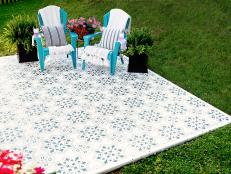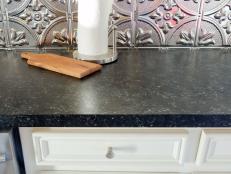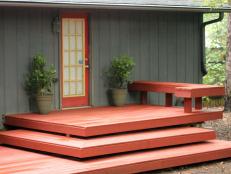Color Washing Techniques for Painting a Kitchen

Many interior designers and homeowners use faux painting techniques to add texture and dimension to the walls. Color washing is one popular technique that can be used on any painted surface.
Mixing Kitchen Cabinet Styles and Finishes
See All PhotosAlso known as glazing, this technique works well on walls, ceilings, cabinets and furniture, making it an ideal option for your kitchen. To create this look, a thin glaze (or water-based wash) is painted on top of the base coat to create subtle layers of color. Color washing can be achieved in a few steps and is a good technique for people who are just learning how to manipulate paint. Some designers like to also use color washing to create accent panels for artwork that can add a bit of drama to a room.
With so many paint colors to choose from, it can be hard to settle on one shade for a room, let alone two or three. Choosing colors from the same paint chip, such as a lighter shade for your base color and a shade or two darker for your glaze, is a good rule of thumb when it comes to color washing.
Before starting any painting technique, it's important to remember that practice makes perfect. By doing a practice run or two, you'll ensure that the paint colors you've selected work well together while also refining your technique. Pick up some sample boards at your paint store when you're buying your paint and don't skip this step.
In order to color wash a wall, you'll need a paint tray, china bristle brushes, sheepskin, cheesecloth, latex glaze, a water bottle, plastic containers and latex paint in a base coat and top coat. To begin, you'll want to prepare your walls for painting and then apply the base coat. While it's drying, mix one part of each top coat color with one part water and one part latex glaze.
Next, you'll want to moisten a fairly large portion of the wall with damp cheesecloth and add a bit of the paint mixture using circular motions. It's helpful to envision that you're washing your walls while working on this step. Using the damp sheepskin, move the paint around making sure to keep the edges thinly fanned to create a soft and subtle look.
Using your dry brush, move the paint to darker areas and work until all of your brush lines have disappeared. You'll want to repeat this process until you've completed color washing your desired area. If you'd like to color wash with more than one color, make sure the colors complement one another.



















































